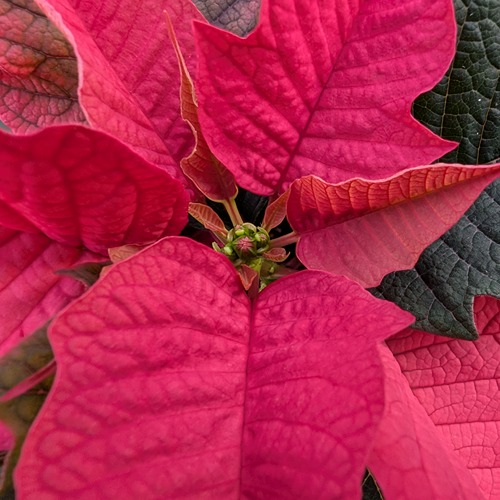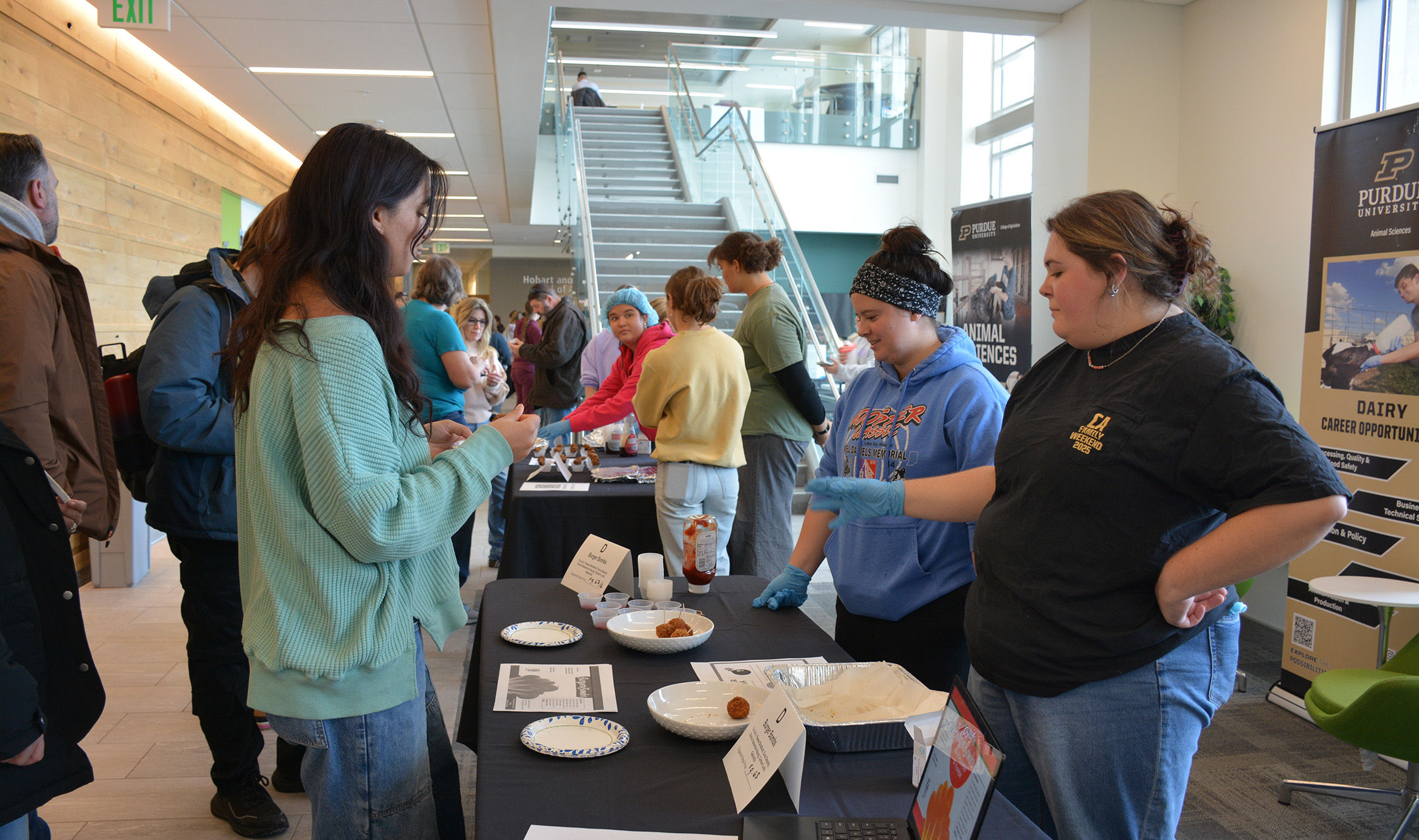Forestry & Natural Resources
DeWoody Receives Grant to Study Inyo California Towhee Genetics
Professor of genetics Dr. Andrew DeWoody with Purdue’s Department of Forestry and Natural Resources, will be studying the conservation genomics of California Towhees after receiving a research grant from the Bureau of Land Management.
DeWoody’s lab group will perform DNA extractions, sequencing, and data analyses to help inform conservation strategies associated with the management of California towhees, a small perching songbird historically named Pipilo crissalis. This research will evaluate the integrity of the Inyo California Towhee’s gene pool, compared to that of other species of California Towhees.
The Inyo California Towhee was listed under the Endangered Species Act as Threatened with Critical Habitat by the Department of the Interior in 1984 due to habitat degradation and limited overall range size. The Inyo population grew from about 200 to 700 individuals by 2013 due to management efforts. DeWoody’s research will analyze whole-genome sequences to reveal any substantial differences between the Inyo Towhee and the California Towhee, an important data point in determining the need for further conservation efforts.
“Nowadays, genetic or genomic data is really required to help assess conservation priorities,” DeWoody explained. “If populations are genetically unique, biologists need to know that as they try and manage accordingly. Similarly, if populations are merely extensions of a broader gene pool, they need to know that too as it may mean conservation resources are better spent on more critical cases.”
DeWoody will be working in conjunction with the Bureau of Land Management’s Mike Westphal to collect samples. All raw and processed data will be archived in a public repository and results will be published in peer-reviewed scientific literature.
Research is set to begin in 2020 and continue at least through 2021.





